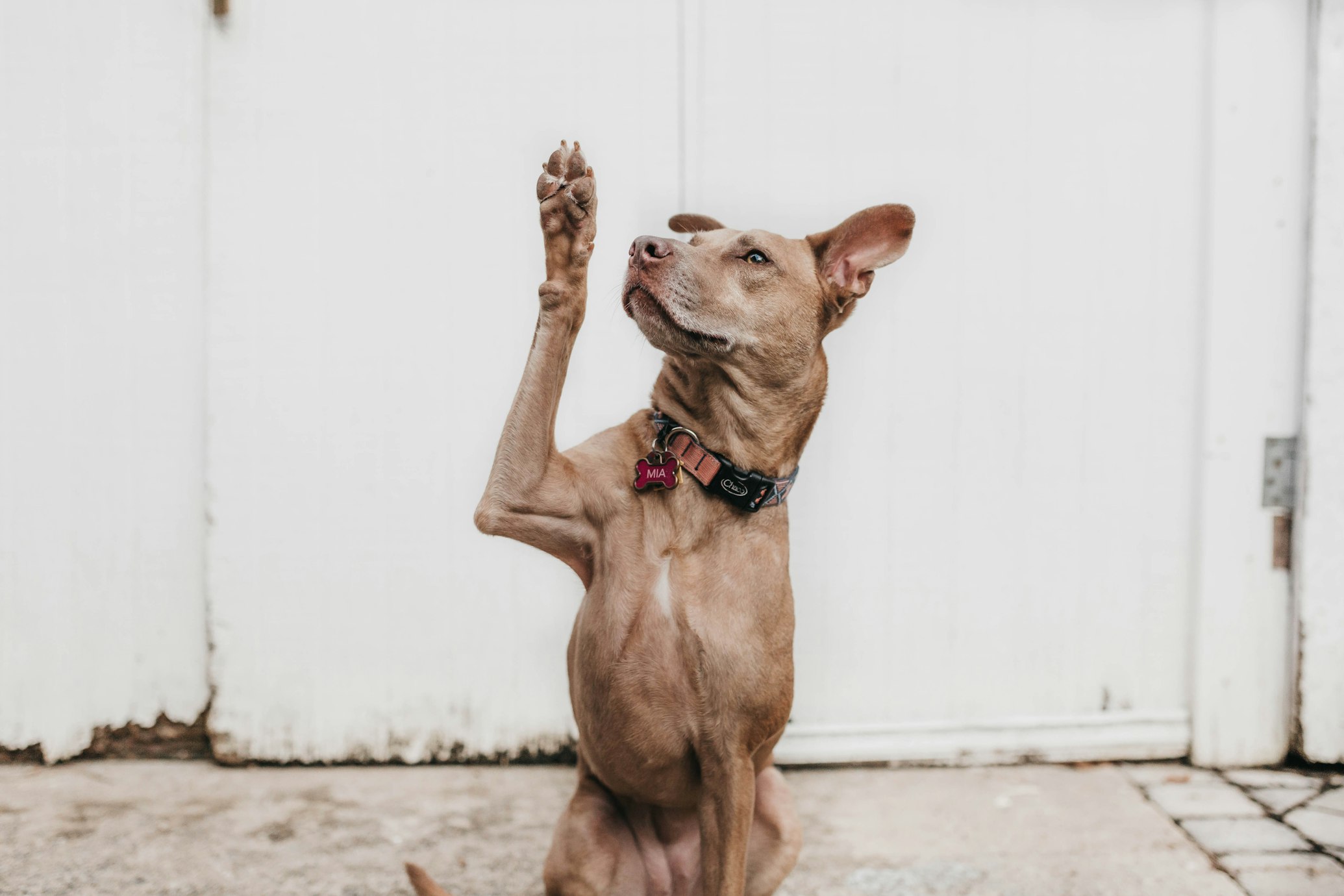
Our dogs enjoy sleep, hikes, and bacon, among other things. Tickling, on the other hand, may not be high on their priority list.
There's plenty of science to back up why humans are ticklish. Did you know that when we're tickled, our touch and pain nerve receptors are both activated? This could be one of the reasons why some people find being tickled relaxing—or quite unpleasant.
According to research, there are two types of ticklish feelings. One is knismesis, which is a light touch that causes us to twitch, itch, or get goosebumps. This is an instinctive warning that something is crawling on you and needs to be swatted away. The other is gargalesis, which is involuntary laughing triggered by someone else's probing touch in certain places of our body. (Which isn't usually the case.) While most mammals have a natural knismesis response—and certainly, humans may tickle themselves lightly—we are unable to produce the gargalesis response.
"When observing a dog's body language to determine what is being communicated, it is crucial to observe the entire dog, as well as the situation/context, in order to accurately determine what is being communicated," according to the Center for Shelter Dogs at Tufts University's Cummings School of Veterinary Medicine.
If you enjoy being both the tickler and the ticklee, you could notice that your dog is ticklish. Many dogs, according to Becker, are. The real question is whether they enjoyed themselves. Honestly? Most likely not.
"They may be a little squirmy and pull away, or their ears or tail may be back or down," Becker explains. "It may be a fun game for humans, but it will be an uncomfortable one for dogs." You can understand if you don't enjoy getting tickled.
She goes on to say that you shouldn't try to tickle your dog on purpose. "I wouldn't recommend doing anything to your dog that will cause him anxiety, fear, or discomfort. For our furry buddies, we're all about lowering these feelings as much as possible."
Where do dogs get tickly? Specifically, on their paws. The leathery pads on the bottom are intended to tolerate most types of terrain and temperatures (as long as the surface isn't excessively hot or cold), but the paw tops and gaps between the pads are especially sensitive.
"Just like people's feet are more sensitive, dogs' paws have more receptors," she explains. "Some pets enjoy having their paws massaged, while others dislike being tickled." It should come as no surprise that dogs' feet are ticklish, which is one of the reasons why nail trimming might take a long time.
Here's the deal: When a dog flops onto their back and displays their fluffy tummy, we might assume they want to be tickled and rubbed. Surprisingly, the opposite could be true! According to Becker, revealing their sensitive underside is generally a "appeasement gesture" that indicates they are not a threat. "This could be misinterpreted as a request for belly rubs by pet parents. They're not always comfortable in that position "she adds.
Belly rubs, like paw contact, fall into the "some puppies say yay, some say nay" category. To find out, Becker suggests that pet parents conduct a consent test.
"Try caressing your dog for three to five seconds and then stop to observe what happens. Check to see if the dog is relaxed or if they are pulling away "she suggests. "You want to see if he or she was having fun with that interaction."
If people enjoy it, that's fantastic! You'll know to find alternative ways to interact with your pet if they back away. Such maybe taking more time to delectable scritches in areas they value, like around their ears and neck—and maybe a few around the mid-back and chest, depending on the pooch. Every dog has a sweet spot, and the more time you spend with them engaging in meaningful play and exercise activities, the easier it will be to identify it!
Leg kicking during belly rubs, according to scientists, is more of a scratch reflex, similar to the automatic knismesis sensory signal. "Kicking the leg is a reflex, akin to kicking your knee when a doctor taps it. It's unintentional, and it doesn't indicate they're enjoying themselves "Becker explains.
She recommends paying attention to any early signals of fear, anxiety, or stress, as well as identifying the indicators of a content and happy pet, for the most pleasant experiences with your canine companion.
"This is critical for stronger bonds, safer living with dogs, and assisting them in living happier, healthier, and more fulfilling lives," she explains. "In this video, pet parents will discover the crucial communication indications to look for, including the faint whispers of the pet's underlying emotional state that you can't afford to miss."
Good news — we've got answers. If you don't see what you're looking for send us a message.
Get in touch
Claim your FREE 20% off coupon. You can use to get 20% off your next purchase.
Simply enter your email address below and we'll send it straight to your inbox.
